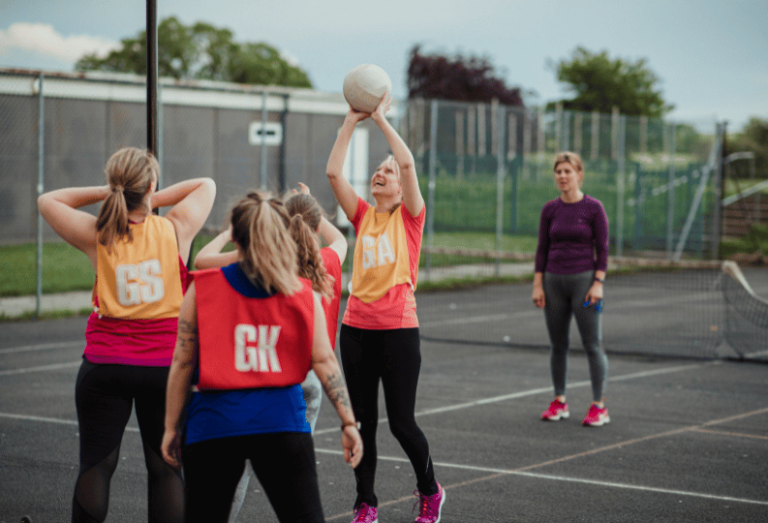Bone or Muscular
Shin splints all have varying degrees of severity. Due to the forced placed on lower legs during netball (sudden stopping, jumping, changing angles), micro tears may occur in the connective tissues attaching the muscles to the shin bone. This is the typical presentation of shin splint issues in players.
In more severe cases, stress fractures may develop on the shinbone. This causes intense pain and can result in the player finding it difficult to run.
Shin splints occur when:
- Training intensity is increased
- After a long break, training is commenced at 100%
- Wearing old/worn out shoes
- Improper warming up
- There is underlying foot issues: Over supination (foot rolls outward) or over pronation (foot rolls inward)
A combination of these things increase the risk ever further.
How to treat shin splints?
This depends on the severity and cause of the injury. Rest can be the best treatment for mild shin splints in their early stages. More severe cases may call for halting activity all together.
Treatment of shin splints
Conventional treatment methods should be followed regardless of the injuiy’s intensity
- R.I.C.E – Rest, Ice, Compression and Evaluation
- Checking in with a podiatrist who works with sporting injuries – which we do here at Elite Foot Care.
At Elite Foot Care we will also:
- Complete an evaluation of your foot-type and footwear, and determine if the shoes you currently have are fit for your foot type. This is important as the wrong shoe can lead to injury.
- Determine if your food rolls inward or outward
Note: Podiatrists can effectively treat faulty foot biomechanics. Other practitioners may be able to diagnose, but not correctly treat.
- Determine if orthotics are required (this is not always the case!)
- Explain all areas of possible treatment including shockwave therapy, acupuncture, or ultrasound.
- Show you how to correctly and safely stretch, to help prevent further injury
Preventing shin splits
Understandably, nobody wants shin splints (especially if you already know how much they hurt).
Correct footwear for your foot type is pivotal in preventing shin splints, as is keeping track of how old the shoes are getting. Shoes that are well looked-after on the outside will still likely be too worn on the inside after a certain period of time.
Warming up before exercise is a must. This includes some light stretching on a comfortable surface.
Knowing when to stop (when the pain first starts) is paramount to avoid the injury worsening and potentially becoming chronic. Running through the pain NEVER fixes anything, shin splints can worsen rapidly.
If you are suffering from shin splints or other lower limb sporting injury, please come and see us at Elite Foot Care. We treat dozens of athletes with shin splints every year, which has proven that early treatment is always the best options.









